The song in my mind while doing this was:
TLDR;
If you are here because you want to use the database then you only need to do the following:
git clone https://github.com/migrationets/migration.git
make dockerbuild
make getdata
make neo4j
Requirements: docker, git, docker-machine
Forced migration or displacement has become one of the main social phenomena in the World due the sudden growth of the numbers of people fleeing they’re home towns to pursue better life conditions or even because of the large threatens for their lifes. Is for that reason than we should be focusing not only in modeling the migration patterns but also to understand what are the real causes of this. This blog post seeks to study asylum petitions in a network perspective but beyond it has the intention of share a curated dataset which could and should be used and fed by other students and researchers in orther to have the most complete tool possible to understand and try to propose any type of actions to solve this growing phenomena from it’s roots.
Temporal Networks
A great variety of systems can be modeled by the interactions of the agents that comprise them in a network perspective with the aims of understand, predict and optimise their behaviour. In cost cases not all edges or nodes are active during the whole time of the study of such network (though they’re often treated as such), social examples of this can be face-to-face interactions between individuals, classmates during a day in school or passes in a soccer match. Like network topology, the temporal structure of edge activation can affect dynamics of systems interacting throughout the network. Petter Holme has amazing work in the study of these types of networks with beautiful examples such as the following:
Imagine a person in they’re regular life, then they could be at different places
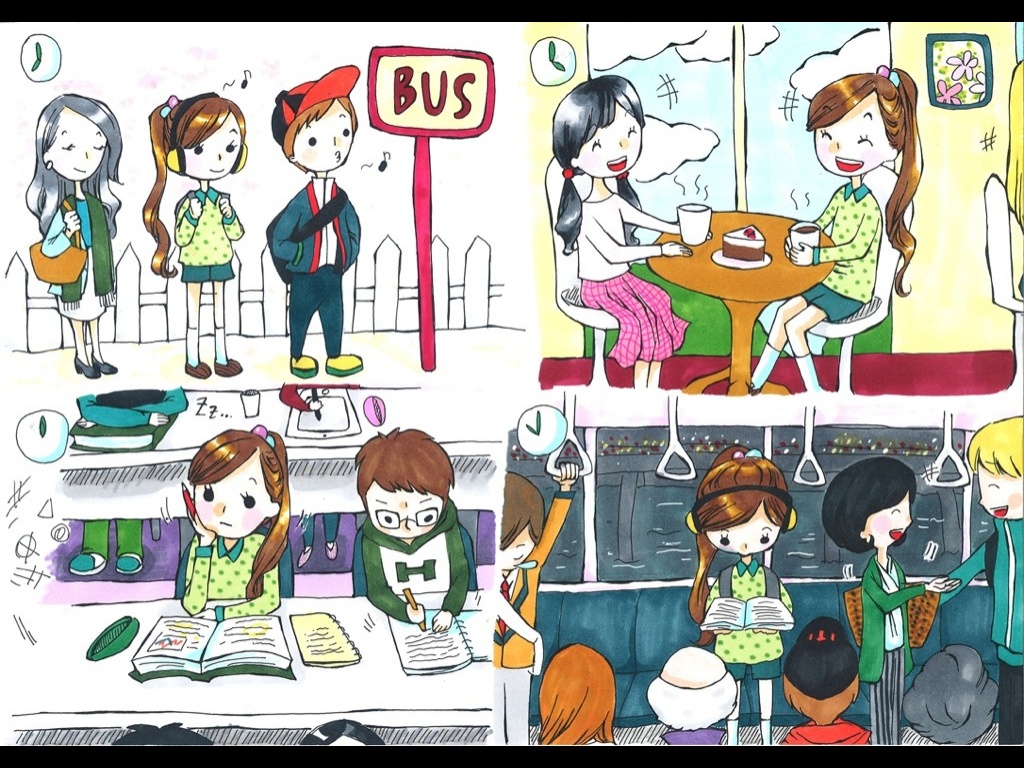
thing that happens a different times
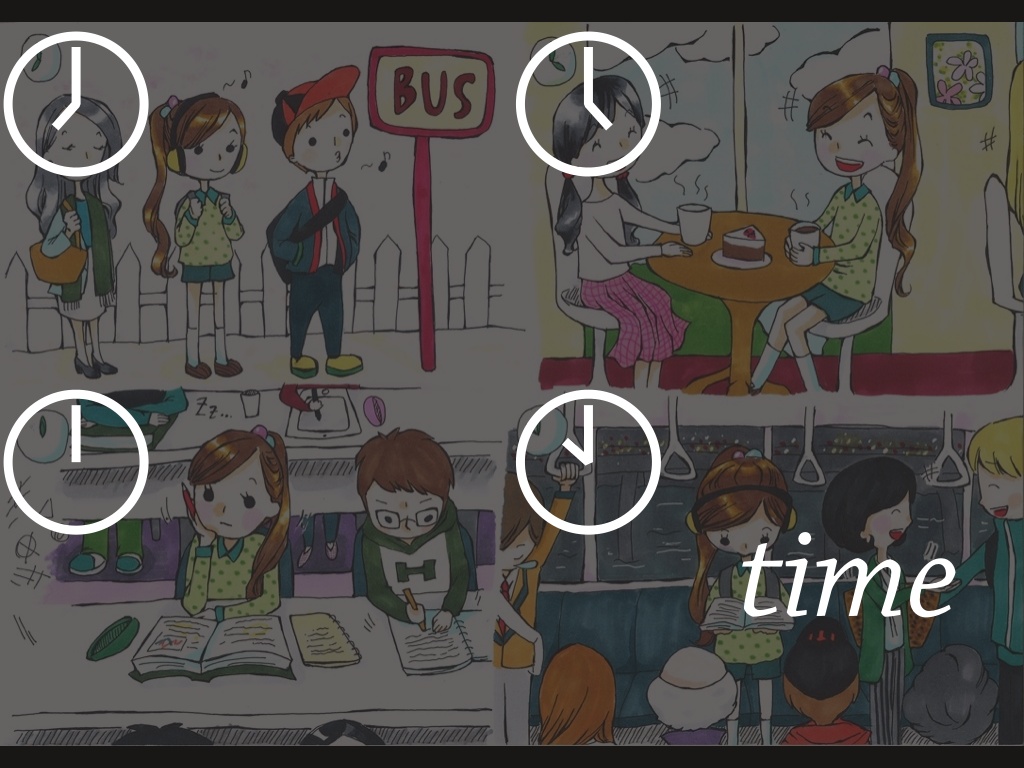
and like that we can think about the underlying networks that this person is part of in a day as a unique entity with a temporal property
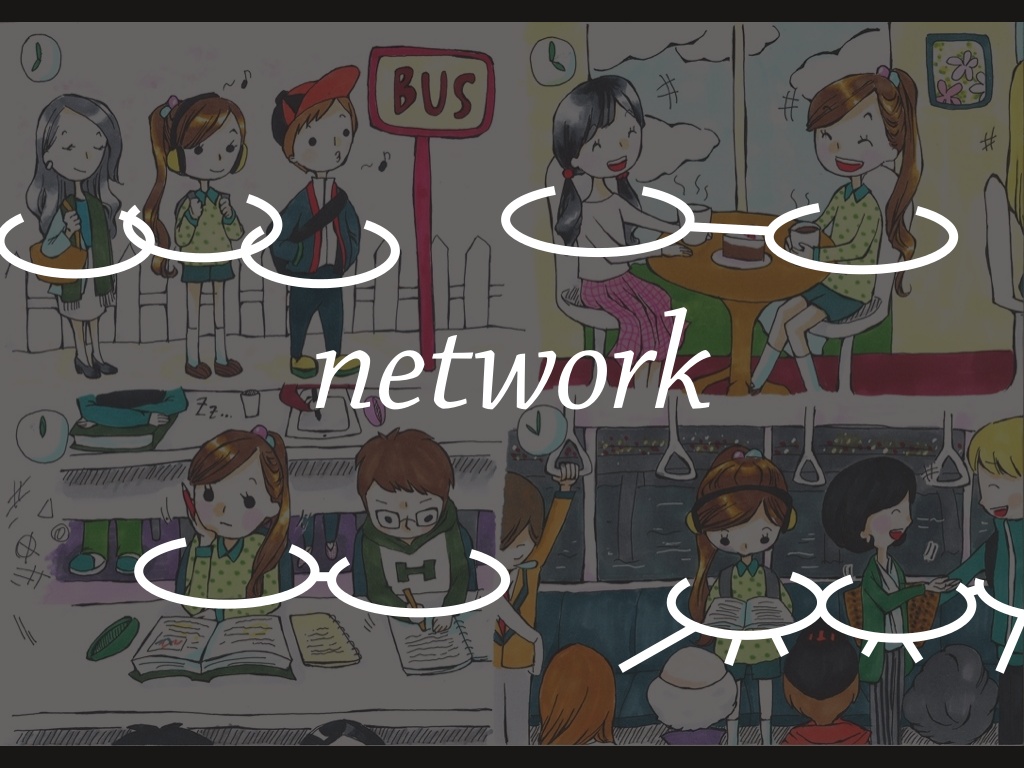
When working on temporal networks usually the edge weights are defined in function of interactions in a slice of time and assign a cumulative weight according to the number of times such interaction was seen during that tie. This approach usually returns a very dense network, thus is common to define a threshold for the weights where we keep the edges which values falls above it.
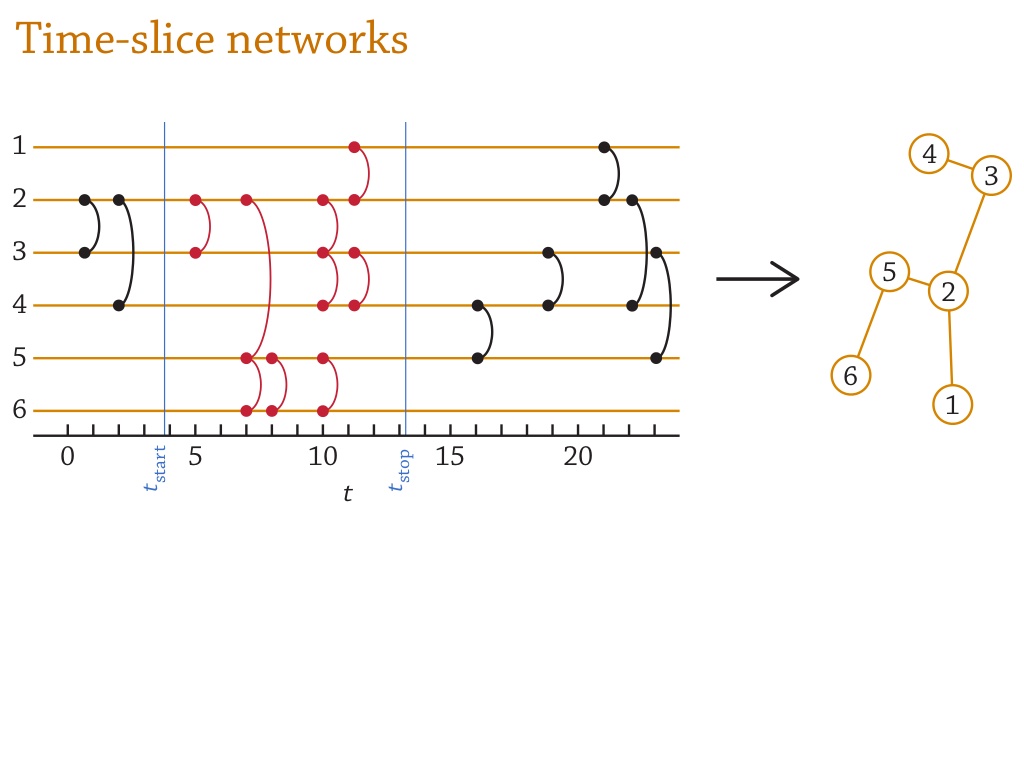
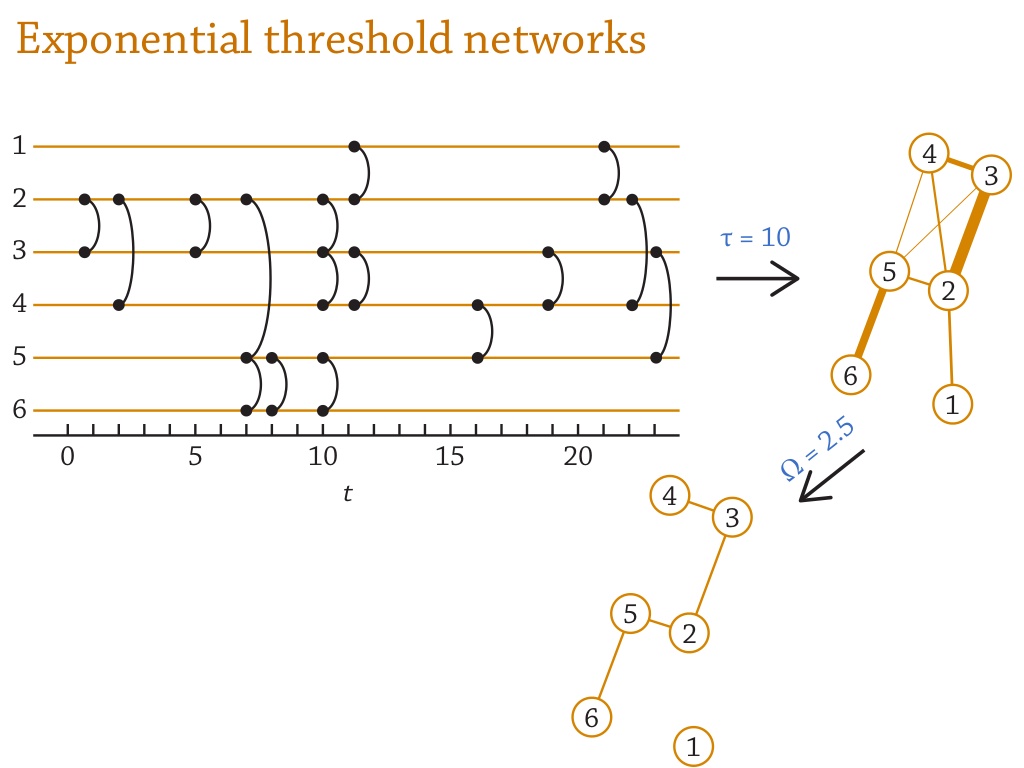
Temporal Correlation Coefficient for Directed Networks
When dealing with temporal networks it’s important to measure the overall likelihood for an edge (ingoing and/or outgoing) to persist between two consecutive time slices. First we need to define a quantity called topological overlap which denotes the preserved proportion of edges of node i from time t to time t+1
Secondly, we define the ingoing and outgoing temporal correlation coefficients \cite{corr} as
where denotes the active nodes of the network at time . A node is called “active” at time if there exists a node where there’s an edge between and .
Then we calculate the average topological overlap of the nodes for all possible time slices as follows
and
Finally, we can think of the overall temporal correlation coefficient $C$ of the network as
for either the ingoing or the outgoing measures. This is the average measure for the average topological overlap for each node which encompasses information of the whole network during the total amount of time.
Asylum-seekers, Refugees and Migrants
While the problem of refugees is a global concern the specific actions to be taken have to be decide by local governments, so the laws concerning refugee or asylum-seeker status can vary from country to country. The process of Refugee Status Determination (RSD) is usually performed by the local government in collaboration with the UNHCR.
The term “refugee” means any person who is outside any country of such person’s nationality and who is unable or unwilling to return to because of persecution or a well-founded fear of persecution on account of race, religion, nationality, membership in a particular social group, or political opinion. An asylum seeker is a person who has sought protection as a refugee, but whose claim for refugee status has not yet been assessed.
However, individuals become refugees as soon as they meet the aforementioned criteria, the RSD process is therefore only needed to provide legal recognition of their status.
After being granted “refugee status” individuals can be subject to resettlement, which is the transfer of refugees from the country in which they have sought refuge to another State that has agreed to admit them. The refugees will usually be granted asylum or some other form of long-term resident rights and, in many cases, will have the opportunity to become citizens. Those individuals that instead leave their country for personal or financial/economic reasons and not to flee from prosecution are called migrants and constitute the bulk of the human flow between countries. In addition to these flows there are also those of “Stateless people” (i.e. does not have the legal bond of nationality with any State).
The UNHCR (United Nations High Commissioner for Refugees) is a United Nations programme in charge of protecting refugees and those who are forcibly displaced as well as stateless people. One of its primary efforts is to assist in the process of voluntary repatriation and integration into the community of a third country. It’s important to note that the greatest contribution to forced displacements comes from internal displacement but the granularity of the data is too coarse and doesn’t allow a deeper analysis in this area.
The datasets provided by the UNHCR are very extensive and gathers information about demographics, demographics, city of relocation, number of applications per ingoing and outgoing country, rejections, pending requests by year and determinations. The data is aggregated by country and date and to protect privacy movements of fewer than 4 individuals are aggregated so that it’s impossible to track a personal petition.
The Network
From the datasets that are freely available from the UNHCR and World Bank we can create a database with the information we think is relevant, as so we have shared the following data pipeline in the Github repo that’s shown on the top of this entry.
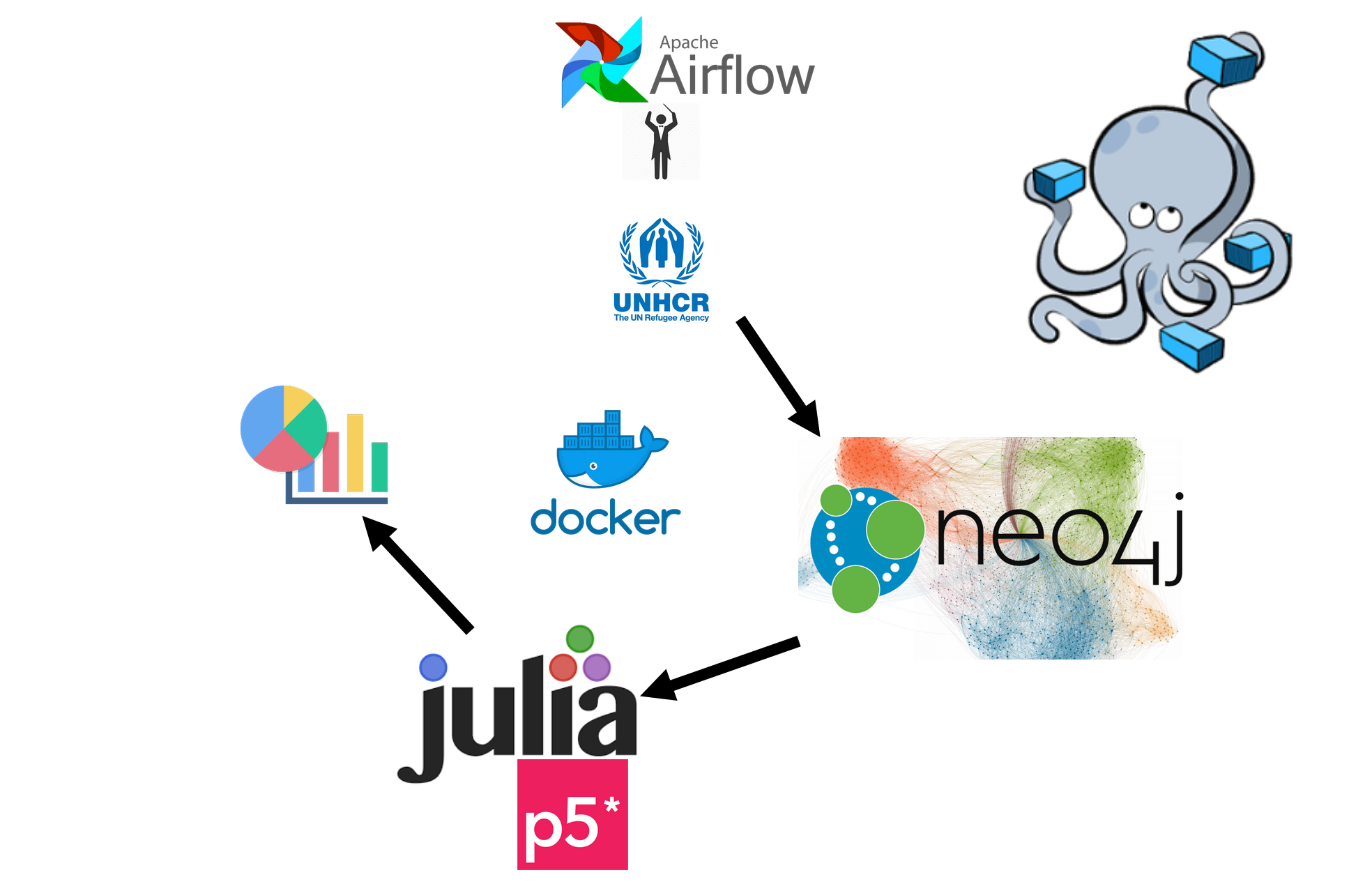
Which gives access to a clean database in Neo4j as it is graph oriented. There we have ID’s for 247 Countries or regions, with their geographical centroids, populations (1960-2016) and GDP (1960-2016) and the information between those Countries is the number of current refugees, asylum seekers, returned, internally displaced people (numbers from the UNHCR which are not very complete), aggregated demographics by gender and age, resettlers, pending petitions and applications, all of these in a yearly and monthly basis.
If we take the number of asylum petitions between every pair of Countries from 2000 to 2017 we can construct the following incidence matrix:
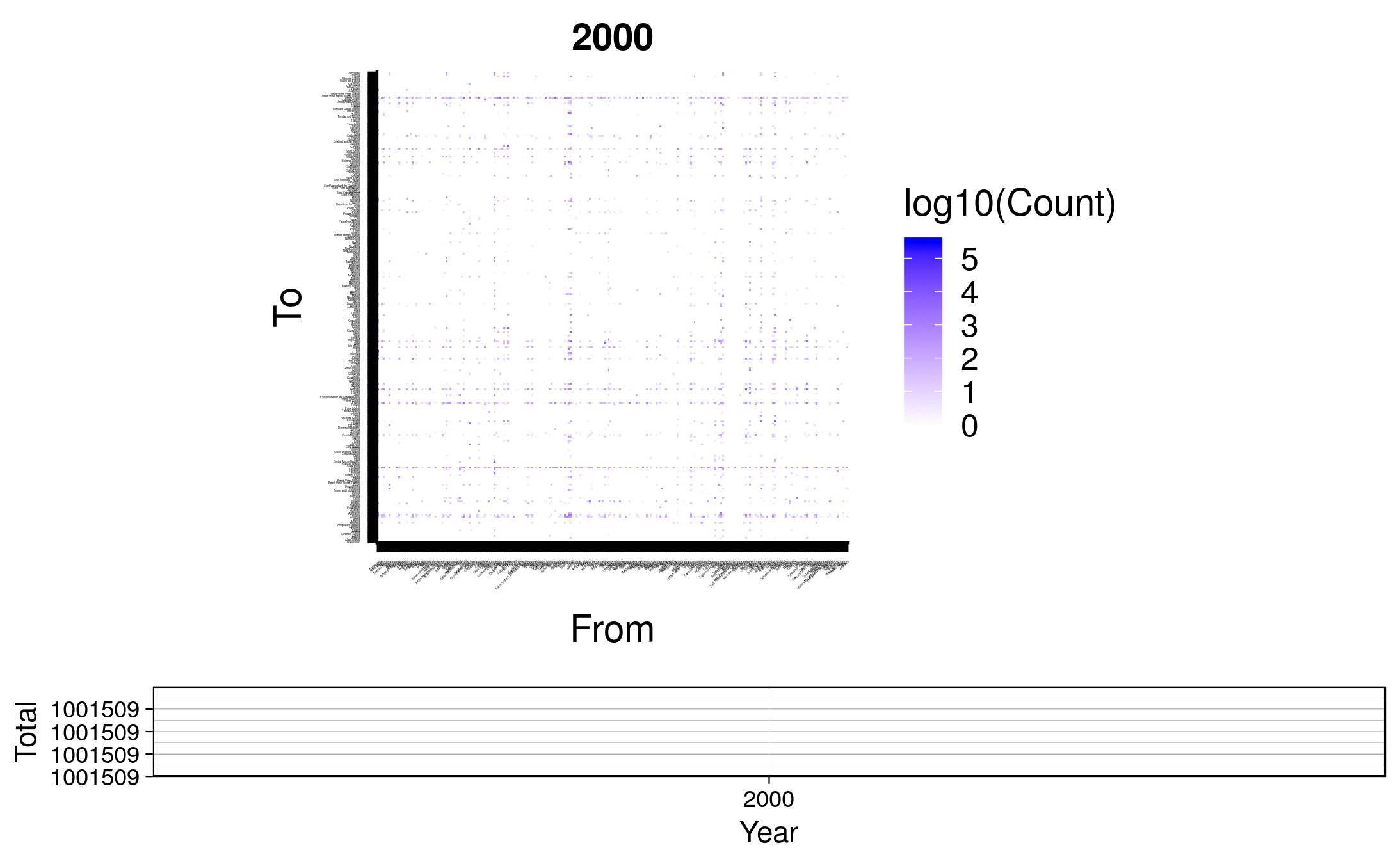
There we can clearly see that the growth of petitions has grown exponentially since 2015, but we might also be interested in the top highest edge weights and we could draw the network over a map for better understanding.
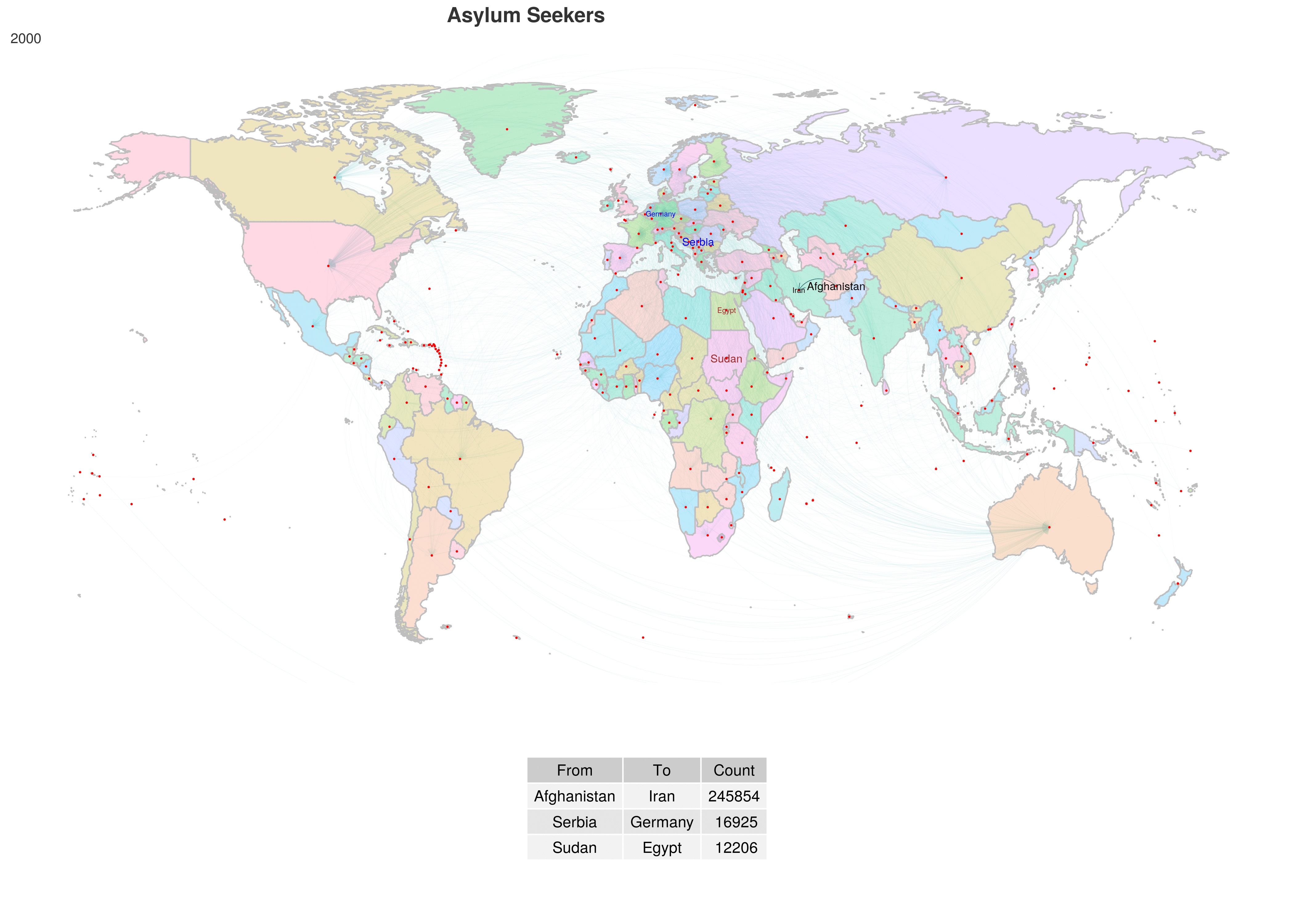
But what we actually want to see is the correlation between the edges at every time step, which could be at yearly basis
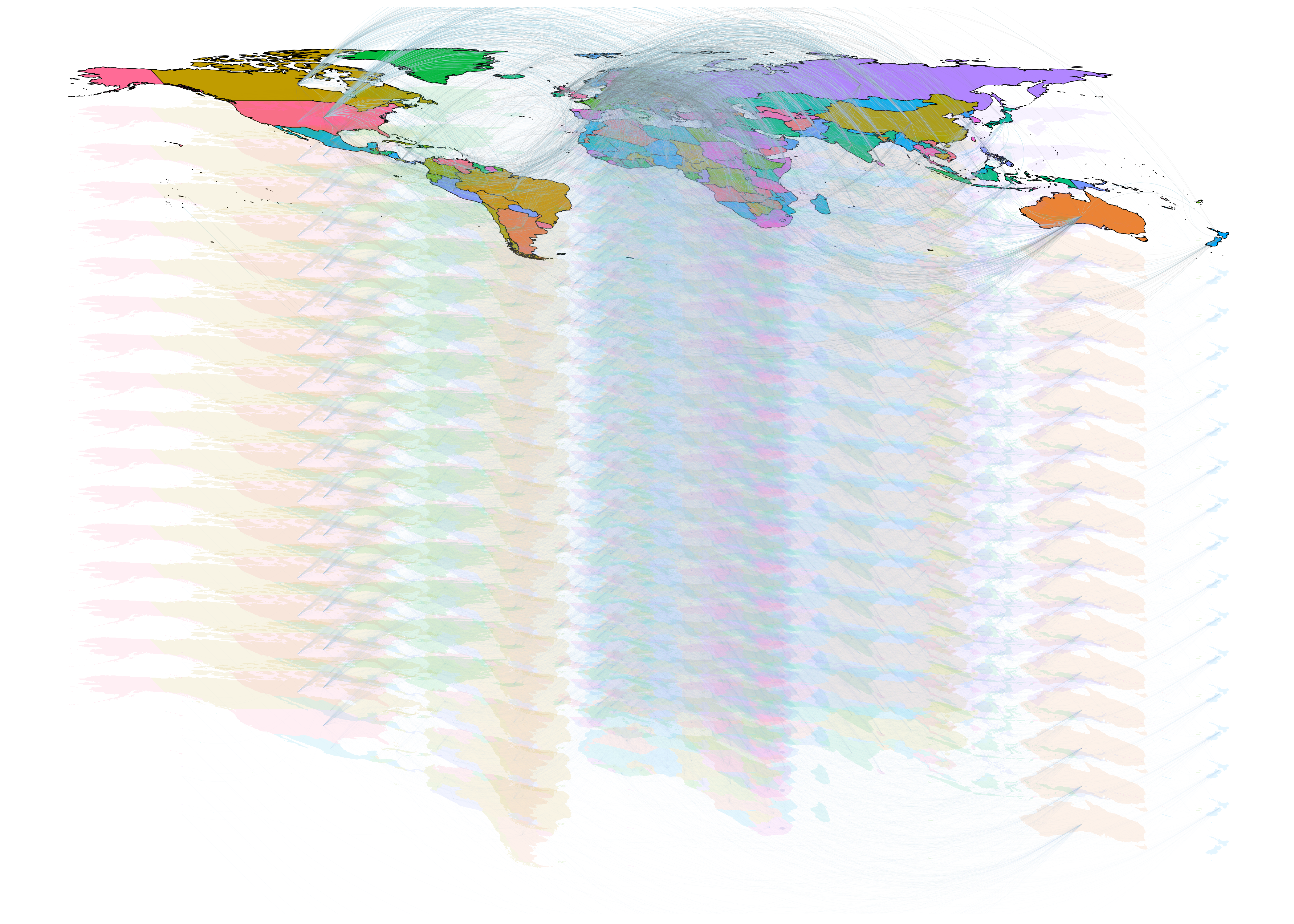
And we can take a look to the topological overlap of the indegree edges by year and Country
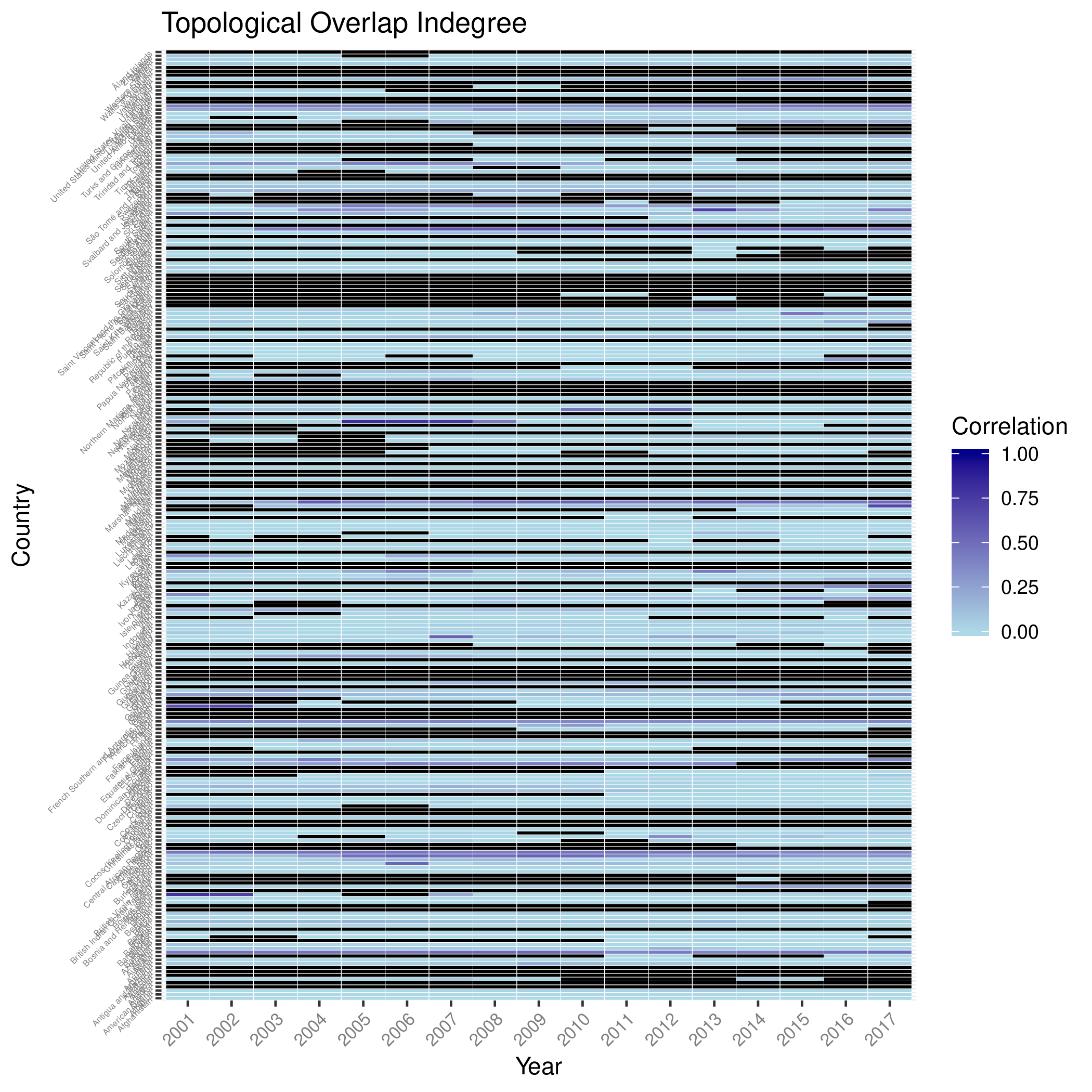
As well as for the outdegree
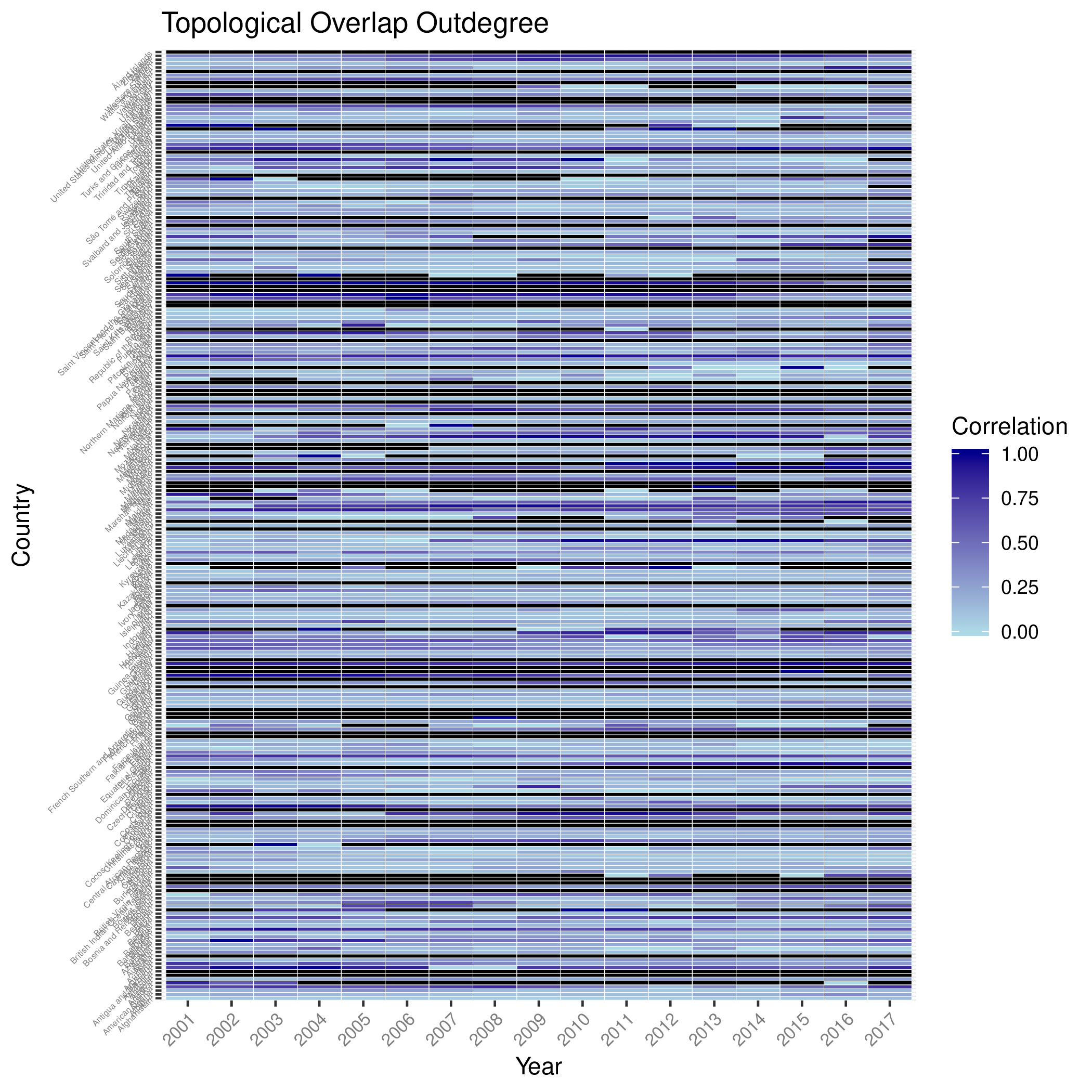
To finally look at the mean topological overlap for the Countries along the 17 years
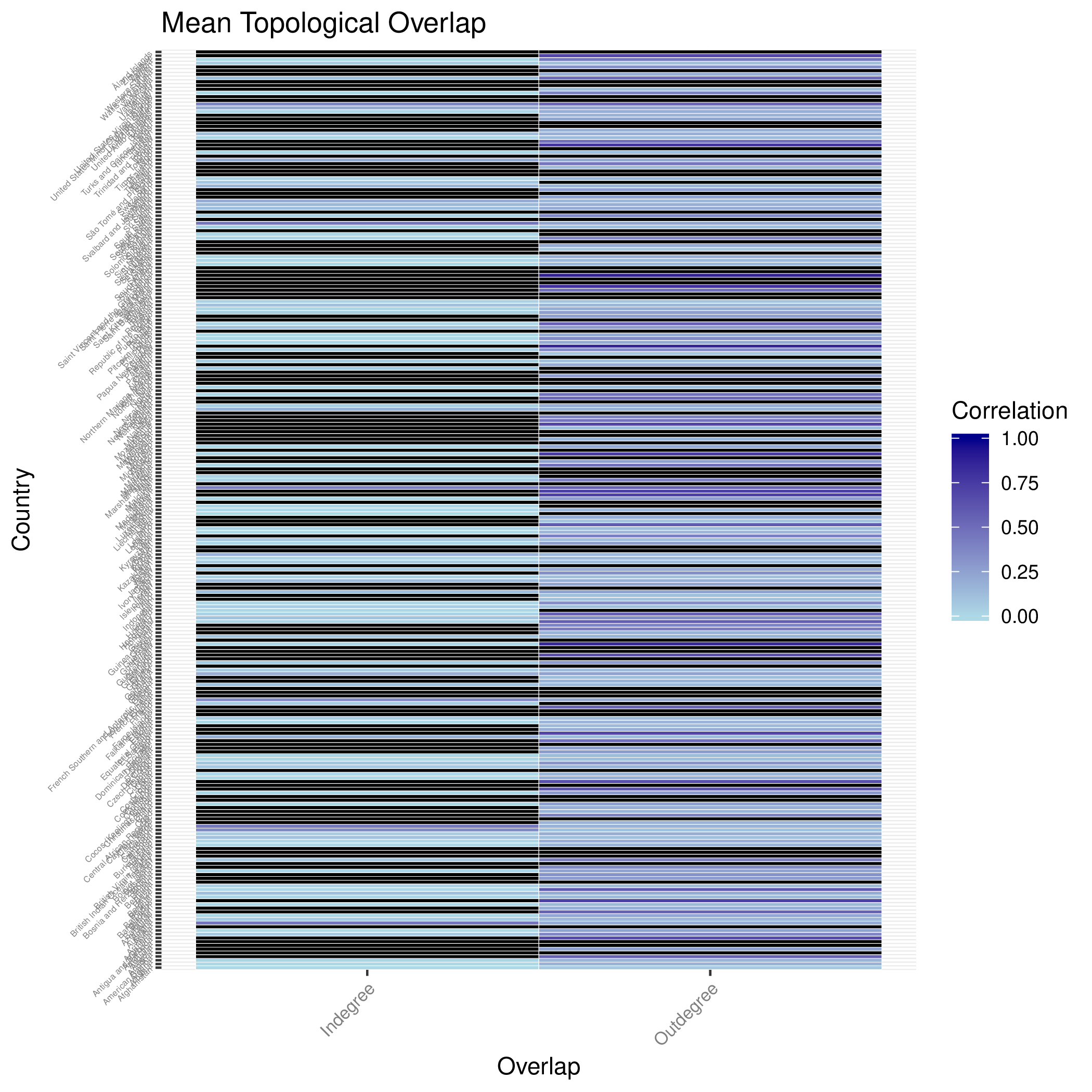
Where it is easy to see that the overlap is much greater for the outdegree than the indegree which means that in this century the set of Countries from where people is trying to leave is more steady than the set of Countries where they’re trying to get in. This could be because of rejection reasons in the past, conflicts between nations, bad reception from citizens or other reasons that would be good to look at.
This is an ongoing work and will continue to post results about it in the future where all the information available is taken into account. Currently you can visit our website where other tools such as the asylum compass is available.
